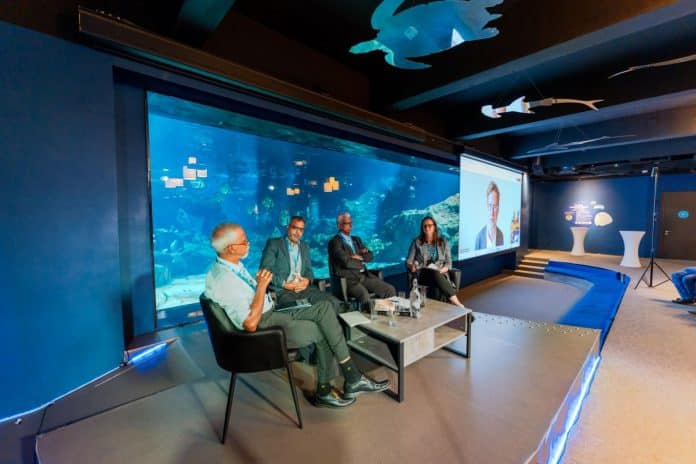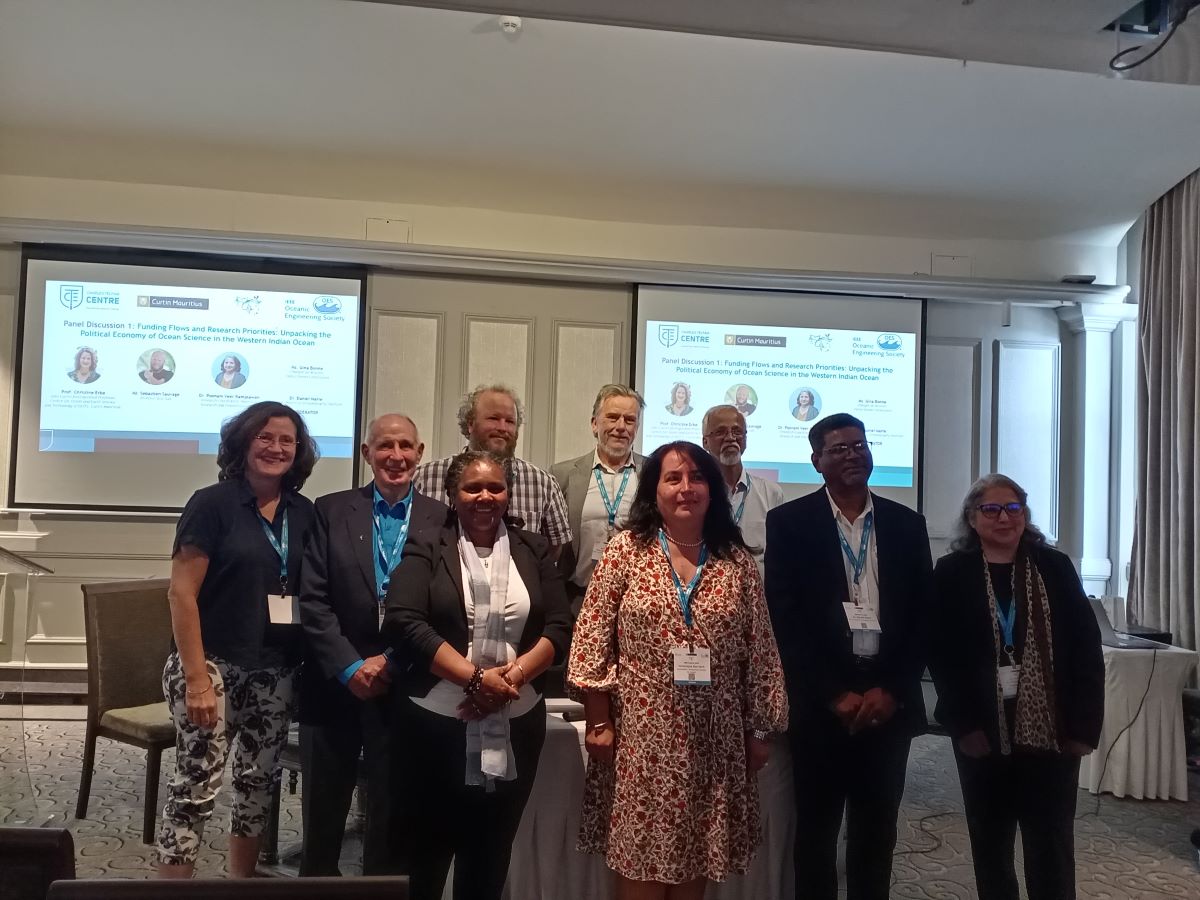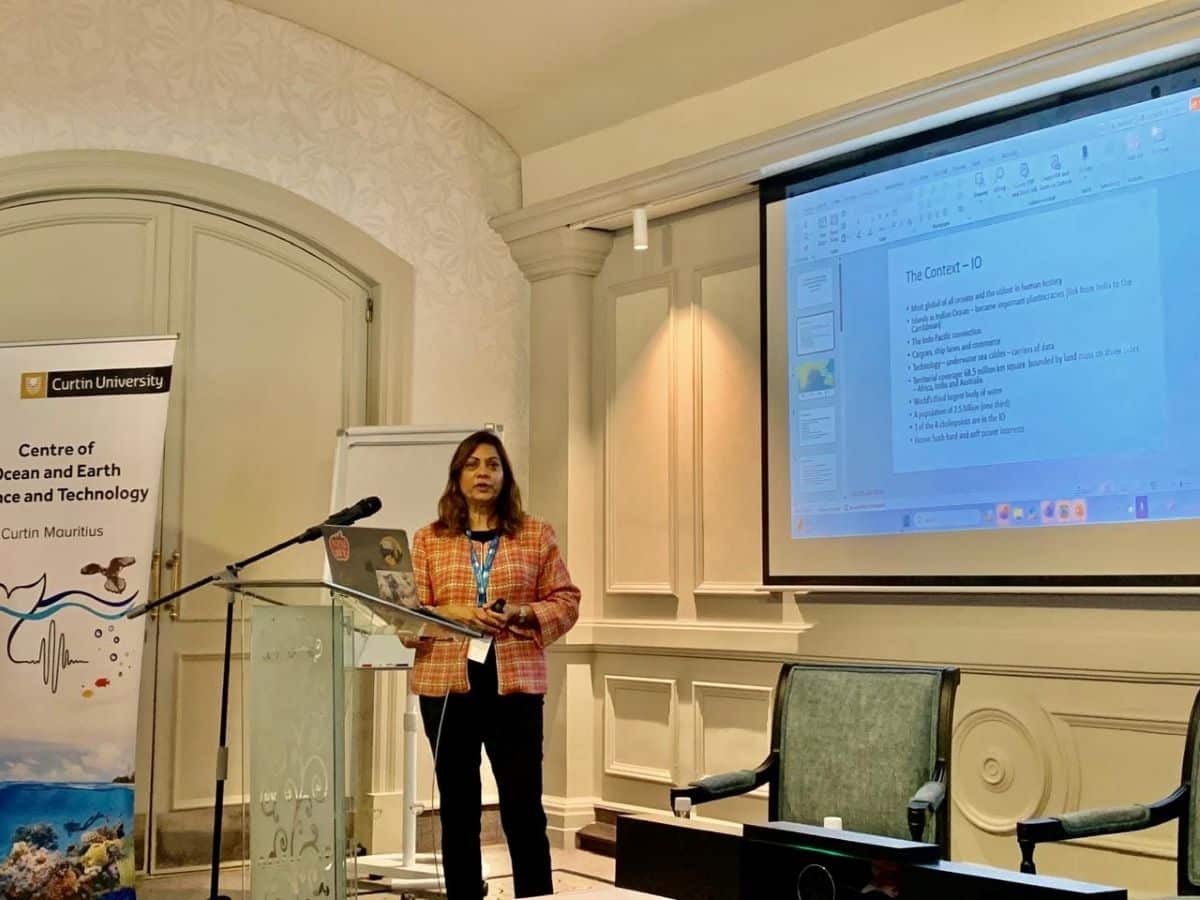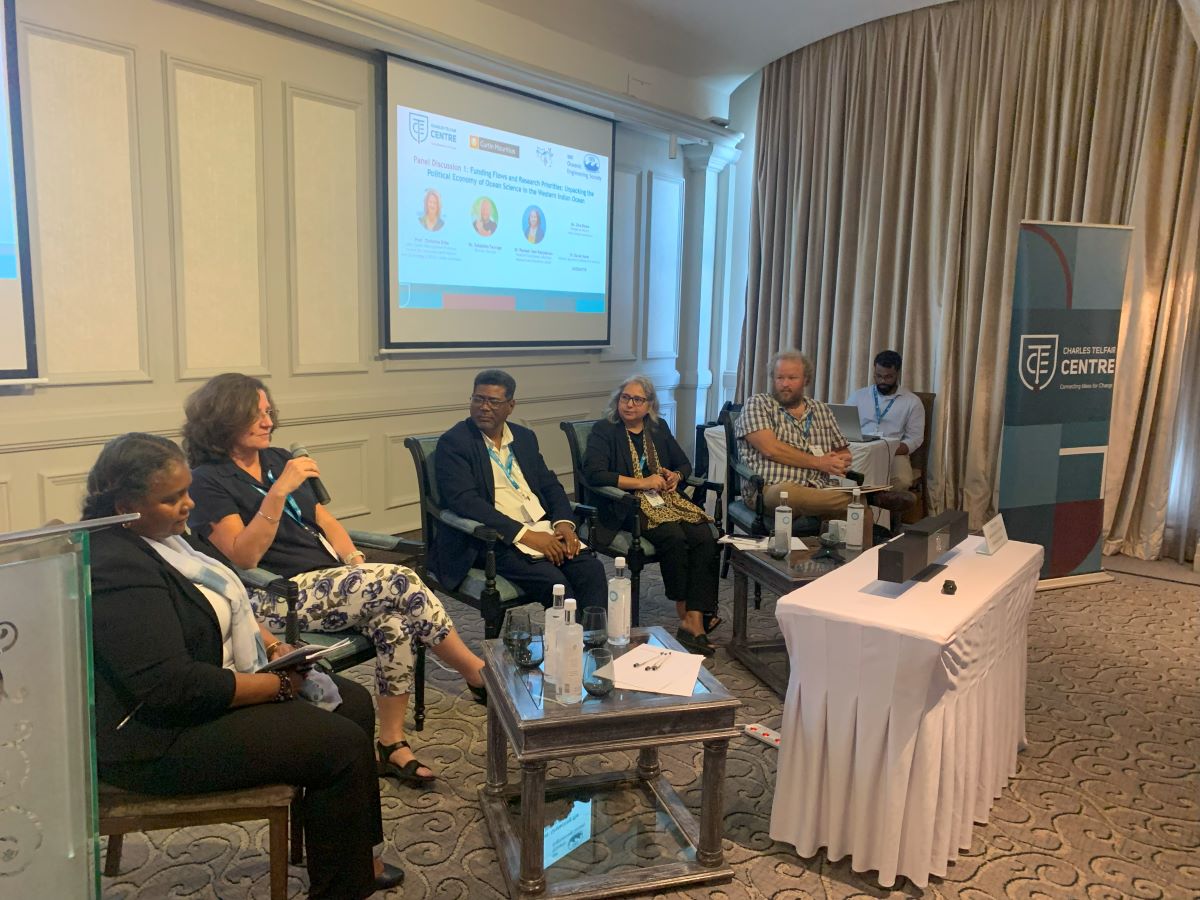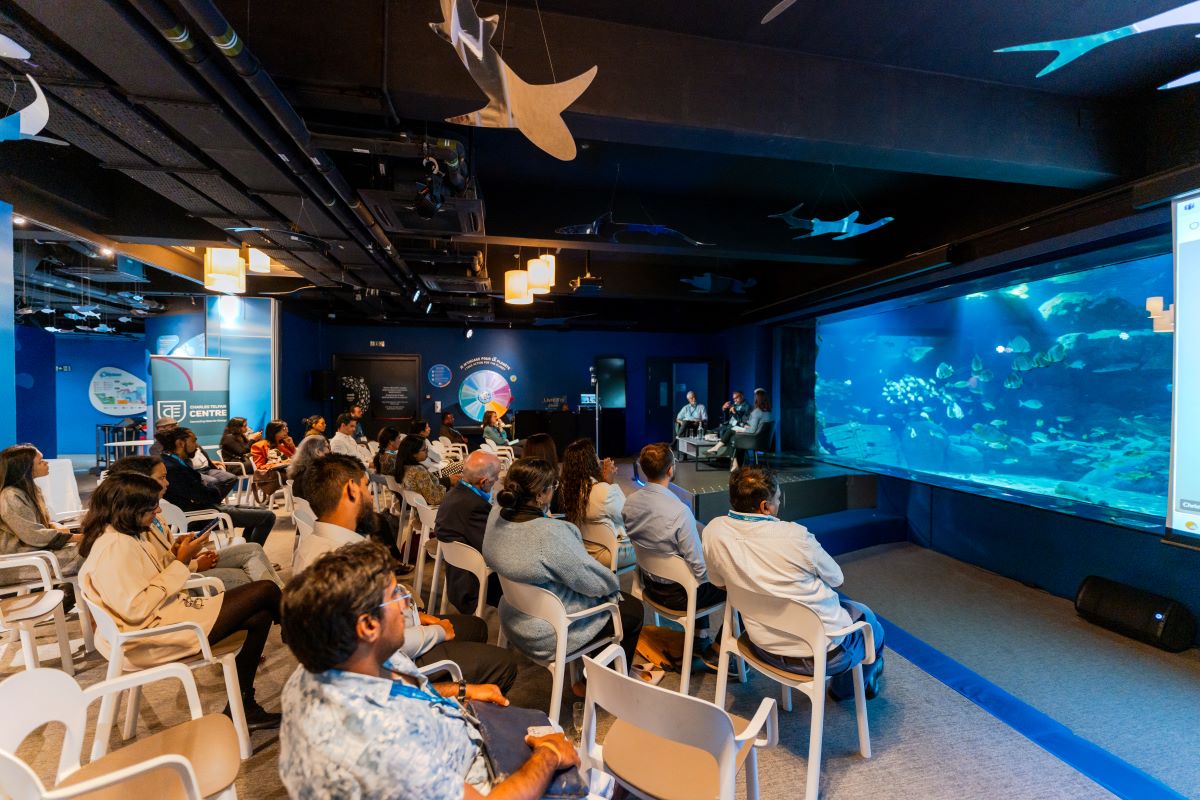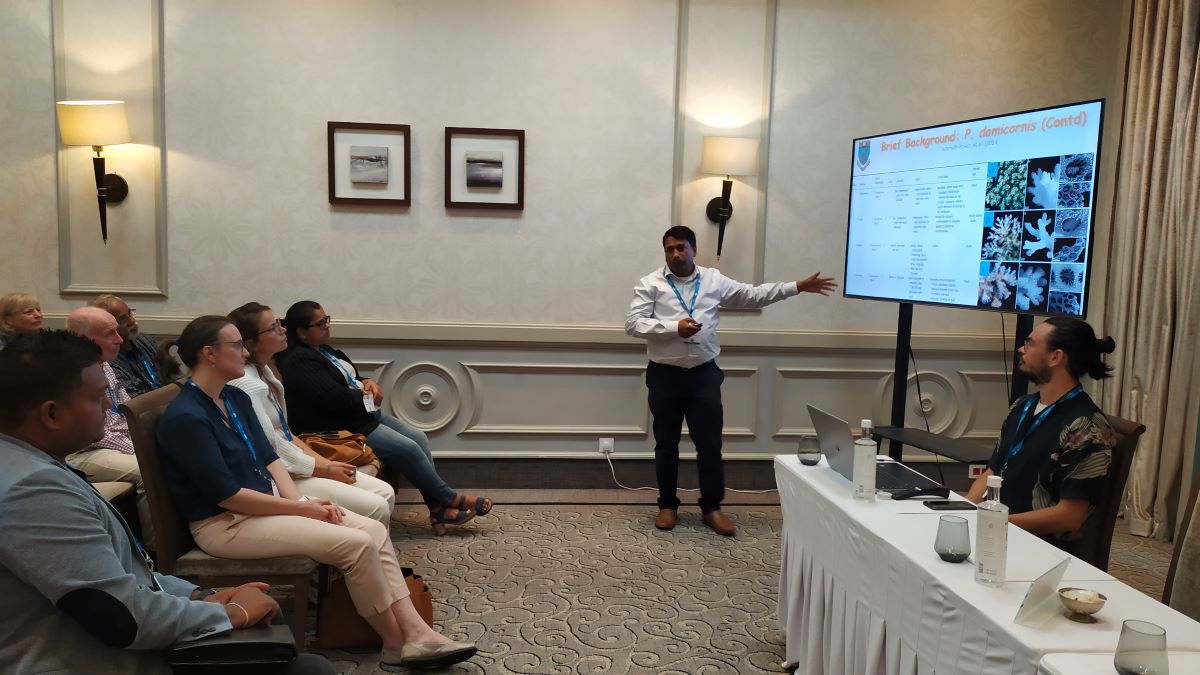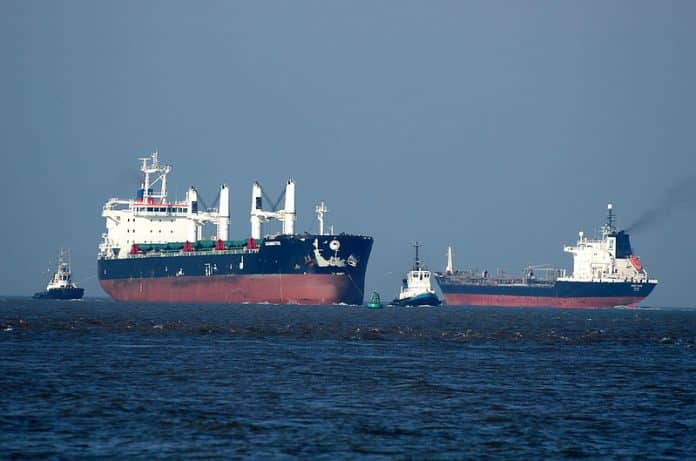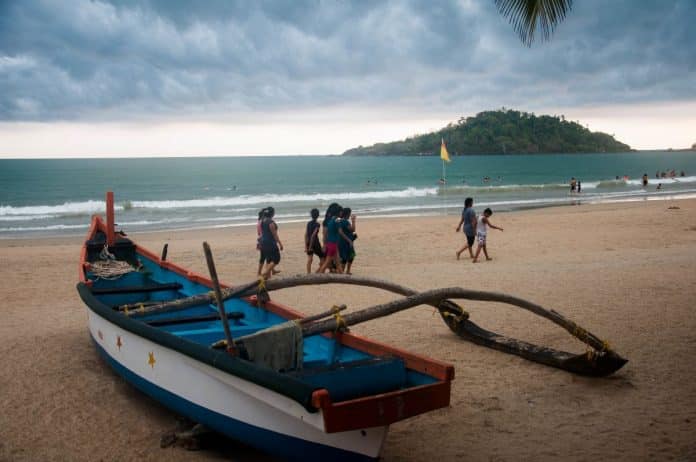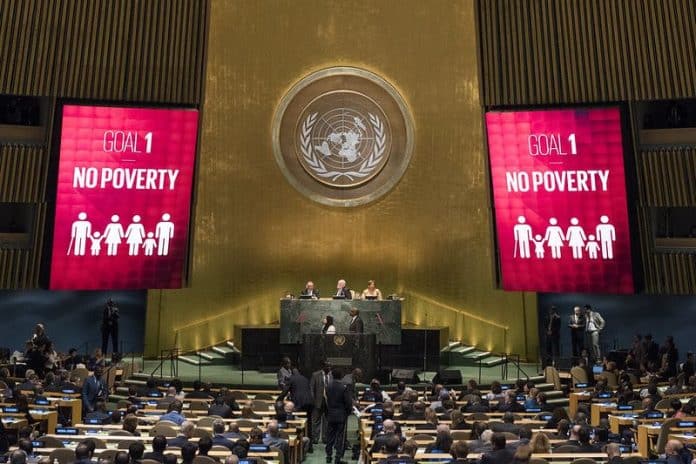Charles Telfair Centre, July 2023
The question of electoral reform in Mauritius has been on the political agenda for the last 22 years. Since 2002, various commissions have examined potential implementations, including the Sachs Report (2002), the Select Committee Report (2004), the Carcassonne Report (2011), the Sithanen Report (2012), and the Consultation Paper on Electoral Reform (2014). In 2018, a constitutional amendment bill aimed at enhancing fairness to parties and gender representation was tabled by the government. Despite these efforts, no substantial electoral or constitutional reform has ever been enacted. On the eve of general elections, electoral reform remains a pressing issue for Mauritius.
To address this complex topic, the Charles Telfair Centre convened various stakeholders from both the public and private sectors at its recent workshop, “60 Years On: What Future for Mauritius’ Electoral System?”
Held on July 3rd at Charles Telfair Education, Moka and moderated by Rabin Bhujun, the event provided a platform for productive discussions on transparency, gender and ethnic representation, and misinformation within the electoral process. Expert insights from Dr Rama Sithanen, GCSK and Electoral Commissioner Irfan Abdool-Rahman, GOSK fuelled the debate and helped identify pathways for successful electoral reform.
This brief highlights the key outcomes of the workshop.
Electoral Process
Mauritius employs a First-Past-the-Post (FPTP) electoral system across 21 constituencies, where the three candidates (and 2 for Rodrigues) with the most votes are elected to the National Assembly, totaling 62 directly elected members. Up to eight more members can be appointed through the Best Loser System (BLS), which aims to correct gaps in ethnic and religious representation. The BLS allocates seats based on community and religion, with the Electoral Supervisory Commission proposing a list of best losers—candidates with the highest number of votes who finished fourth in their constituency. From this list, up to eight are chosen to ensure fair representation of all communities in Mauritius.
This system has served the country since the legislative assembly elections in 1967 and has contributed to political stability. However, nearly 60 years on, some flaws have become apparent, including poor fairness to parties, dismal gender representation in the National Assembly, and the division of the Mauritian population along ethnic lines. The workshop aimed to envision a way forward by addressing these imperfections while building on the system’s strengths.
Strengths of the Current Electoral System
“We might say that a change in the system is overdue, but it is important to take note of what currently works.”
Electoral Commissioner Irfan Abdool-Rahman highlighted the strengths of the current system, particularly the independence of the the Office of the Electoral Commissioner, which has always operated without any interference from the executive branch or prime ministers: “We have worked in total independence”.
Over the years, significant progress has been made in enhancing transparency, including the introduction of vote counting on the wall in 2013, identification requirements for voters in 2014, real-time delivery of results in 2019, and same-day vote counting for the Village Council elections in 2020 and Rodrigues Regional Assembly elections in 2022.
Dr Sithanen emphasised the stability and decisiveness of Mauritius’ electoral process, noting that its effectiveness in decision-making reinforces the country’s political stability. He also commended the system’s ability to avoid single-issue parties and protect voter choice. Despite these strengths, areas for improvement remain, particularly concerning accountability of politicians, socio-demographic representation, and fairness to parties.
Areas of Improvement
Fairness to Parties: One main concern was reconciling stability with fairness. The current system provides political stability but fails to ensure proportional fairness between vote share and allocated seats. This was attributed to the FPTP system and the politico-cultural legacy of the country, which resists change that might challenge the status quo: “People don’t want change if that change could be a challenge to them” shared one participant. A lack of political knowledge among the population of the current plurality voting system, the collective belief that what is best for the party is also best for the country, and politicians vested interest all hinder reforms that would align votes with seat allocation. Finally, the ability of the prime minister to set election date with limited constraints put the ruling party at an advantage.
Accountability of Politicians: Participants identified a lack of accountability among politicians: “What happens before dissolution of parliament in Mauritius is gross misconduct”, one participant claimed. It was recommended that political leaders recognise that free, fair, and credible elections where they are accountable for their promises and actions should apply throughout the entire government term, not just during election periods. The lack of technical skills and competence of appointed ministers was also flagged as a significant flaw of the current system.
Diversity of Representation – Ethnic Representation: The “rainbowness” of representation in the National Assembly, mainly afforded by the BLS, was praised but also critiqued: “There has been a significant increase in ethnic representation, but this comes at a price” noted one participant. The BLS requires the division of the Mauritian population into three ethno-religious groups and a fourth residual group (Hindu, Muslim, Sino-Mauritian, and General Population), which risks entrenching ideological and cultural fragmentation. Additionally, this categorisation fails to capture nuances within the groups, raising questions about the extent of minority representation. The discussion unveiled strong controversy about ethnic representation. While some members argued for a new population census, others strongly advised against it: “We need to avoid redoing a population census. We would not be able to stop the list containing more than eight ethnicities.”
Diversity in Parties: A lack of diversity in political parties was noted, with the political landscape dominated by two major families since independence. “In the last campaign, 67 parties presented for the elections. These parties grow like mushroom just around elections times and disappear right after”, one participant noted, “new parties want to get in the race without putting in the effort.” The dearth of commitment from potential new candidates and the rift between the political establishment and the youth were identified as barriers to new party emergence.
Diversity of Representation – Gender Representation: Mauritius ranks last in Africa for women’s participation in politics, a major concern among participants. The low rate of female inclusion was noted as “an absolute disgrace,” attributing it to patriarchal values and the reluctance of male decision-makers to enhance women’s participation. The discussion raised whether gender inclusion should be imposed by law or implemented democratically.
Transparency and Misinformation: The current method of voter registration was seen as lacking transparency. While the Electoral Commissioner reassured that the system captured 98.4 % of people who were eligible to be registered (18 years old and above) in the 2023 voter registration round, concerns were raised about the effectiveness of the door-to-door enrolment due to cultural and lifestyle changes.
Enhancing transparency through same-day vote counting was also suggested, though resistance from trade unions to have civil servants working around the clock poses a challenge.
Misinformation and “fake news” undermine public trust in the electoral system. Social media channels, particularly Facebook, were identified as platforms for propaganda. Participants emphasised the need for political parties and the media to avoid propagating false information.
Recommendations
The workshop identified key pathways for electoral reform, drawing on best practices from around the world and insights from academic literature.
Accountability: To enhance political accountability, participants proposed the establishment of a bicameral system with a senate. This upper house would facilitate more in-depth debates and ensure that ministers are held accountable throughout their tenure. Such a system is successfully employed in countries like France and the United States, where the senate acts as a check on the executive branch.
Additionally, workshop participants advocated for technocratic governance where appointed ministers may not necessarily be elected officials but chosen based on competence rather than loyalty. This would not only enhance the competence, expertise, and efficiency of the executive branch of government, but by having ministers who are not part of the legislative body, the executive branch will be able to function with a degree of separation that might reduce conflicts of interest and enhance overall accountability.
This approach is supported by the literature on good governance, which emphasises the importance of merit-based appointments in enhancing governmental efficiency and public trust.
Ethnic Diversity: The workshop discussions recommended “de-ethnicising” the Constitution to promote nation-building and avoid social fragmentation. This approach aligns with the experiences of countries like South Africa, where the proportional representation (PR) system have effectively subsume the need for a specific ethnic representation system.
However, maintaining ethnic inclusion while de-ethnicising remains complex. Some proposed to retain three-member constituencies to ensure balanced candidate slates and implementing a proportional representation (PR) list to complement subsume the Best Loser System (BLS). The electoral systems, used in countries like Germany and New Zealand, combine FPTP and PR to ensure that the number of seats won by a party properly reflect the number of votes received..
Diversity in Parties: To attract new talent, participants suggested collecting data on youth voting patterns to understand the disconnect between young voters and the political establishment. This approach is mirrored in the practices of countries like Canada, where extensive youth engagement initiatives have been implemented to increase political participation among young people.
Inspired by the Seychelles’ electoral system, a proposal for two-term mandates for appointed governments was discussed. Although challenging to implement, this approach could ensure more frequent accountability and responsiveness of elected officials to the electorate’s needs.
Gender Representation: To address the low rate of female participation in politics, it was recommended to enable legislation to favour gender representation such as restricting funding to political parties that do not meet gender representation standards. Legislative incentives have been effective in countries like Rwanda, where gender quotas have resulted in one of the highest percentages of women in parliament globally.
However, overcoming deep-seated patriarchal values requires significant cultural and structural changes. Comparative studies suggest that educational campaigns and targeted support for female candidates can enhance women’s political participation.
Transparency and Misinformation:
Voter Registration: Participants recommended establishing an online registration system to improve transparency and accessibility. Continuous voter registration, despite requiring constitutional amendments, was also suggested. Such systems are in place in several democracies, including Sweden and Norway, where continuous registration ensures that voter lists are always up to date and accurate.
Same-Day Counting: To enhance transparency, the workshop participants recommended implementing same-day vote counting. While this method faces resistance from trade unions, it has been implemented in countries like India, where logistical arrangements ensure that results are available in a relatively short time frame, thereby boosting public confidence in the electoral process.
Misinformation: Addressing misinformation, particularly on social media, was identified as crucial. Participants emphasised the responsibility of political parties and traditional media to avoid spreading false information and exercise systematic facts-checking. This approach aligns with practices in countries like Finland, which has implemented comprehensive media literacy programs to combat misinformation and educate the public on identifying fake news.
The current electoral system of Mauritius has contributed significantly to the nation’s political stability and inclusive representation, and as the nation grows, and the global context changes we have the opportunity to consolidate and update our electoral system. By embracing electoral reform, Mauritius stands poised to enhance fairness, accountability, and representation, thereby solidifying its status as a modern, democratic nation-state dedicated to the principles of equity and transparency. This journey towards reform promises not only to strengthen the democratic fabric of the nation but also to inspire confidence and trust in the electoral process among all Mauritians.
Main photo by Charles Telfair Centre
Charles Telfair Centre is an independent nonpartisan not for profit organisation and does not take specific positions. All views, positions, and conclusions expressed in our publications are solely those of the author(s).
![]()



